Optimal Timing for Roof Leak Detection
Identifying roof leaks early is essential to prevent structural damage and costly repairs. The optimal timing for roof leak diagnosises depends on weather patterns, seasonal changes, and roofing material conditions. Conducting inspections after severe weather events, such as storms or heavy rainfall, can reveal leaks that may not be visible during dry periods. Regular assessments during seasons with significant temperature fluctuations can also help detect potential vulnerabilities.
Performing roof leak diagnosises during spring and fall allows for detection before extreme weather conditions occur, reducing the risk of unnoticed damage.
After storms or heavy rainfall, inspections can identify leaks caused by wind or impact damage, enabling timely repairs.
Dry periods are ideal for thorough inspections, as moisture levels are low, making leaks easier to locate without interference from rain.
Older roofs may require more frequent diagnosises, especially before seasons with harsh weather, to assess integrity.
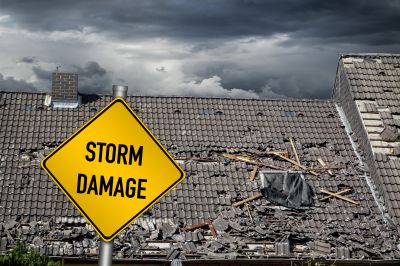
Spring inspections can detect damage from winter weather and prepare roofs for upcoming storms.
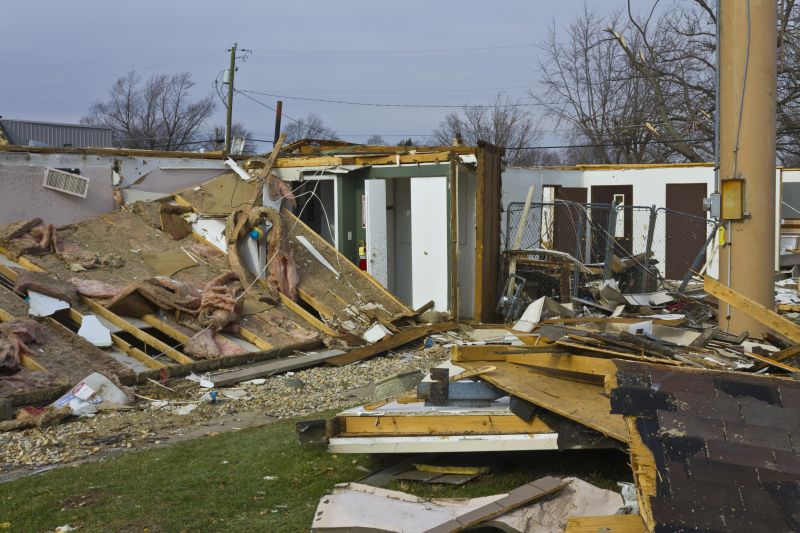
Assessing roofs after storms helps identify leaks caused by wind or impact.
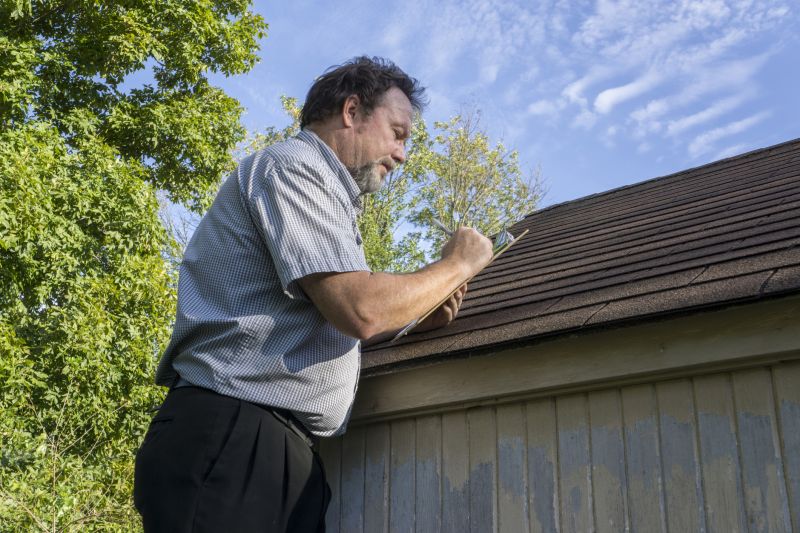
Dry periods provide optimal conditions for thorough roof assessments.

Ways to make Roof Leak Diagnosises work in tight or awkward layouts.

Popular materials for Roof Leak Diagnosises and why they hold up over time.
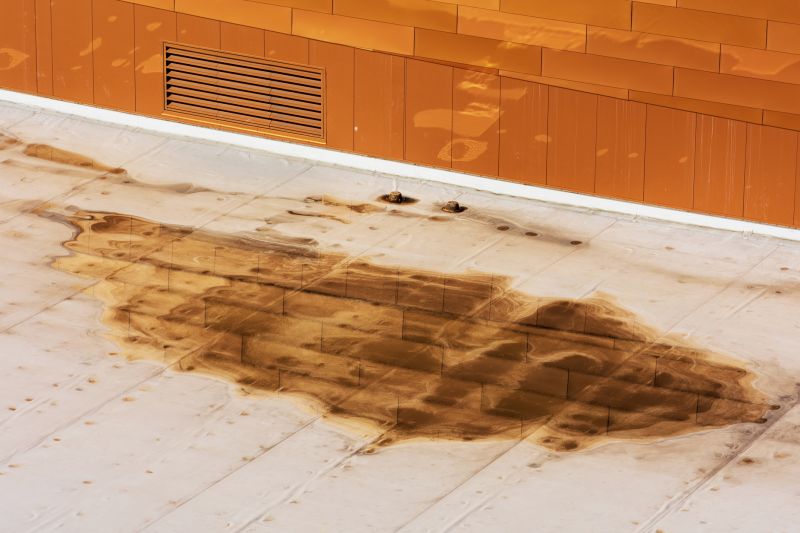
Simple add-ons that improve Roof Leak Diagnosises without blowing the budget.
Roof leak diagnosises involve detailed inspections to identify vulnerabilities and sources of leaks. These assessments include visual examinations, moisture detection, and sometimes infrared scans to locate hidden issues. Early detection of leaks can prevent water damage, mold growth, and structural deterioration. Statistics indicate that regular roof inspections can extend the lifespan of roofing materials and reduce repair costs by addressing issues promptly.
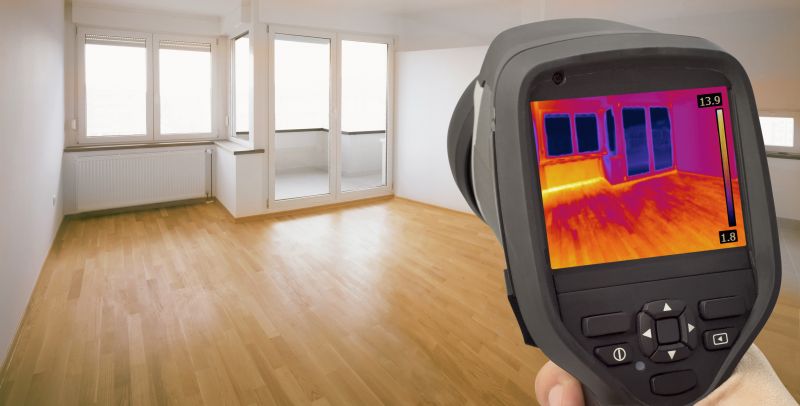
Infrared scans detect moisture intrusion and hidden leaks beneath roofing layers.

Visual assessments identify obvious damage, cracks, and deterioration.
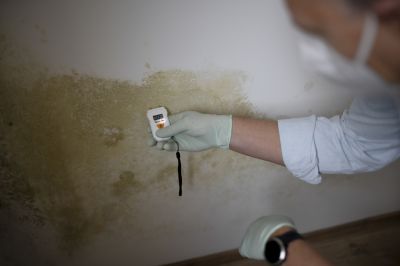
Specialized tools help locate areas with trapped moisture indicating leaks.
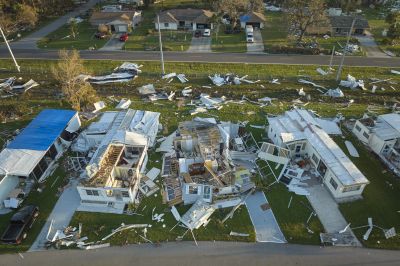
Inspections after severe weather reveal potential leak points and damage.
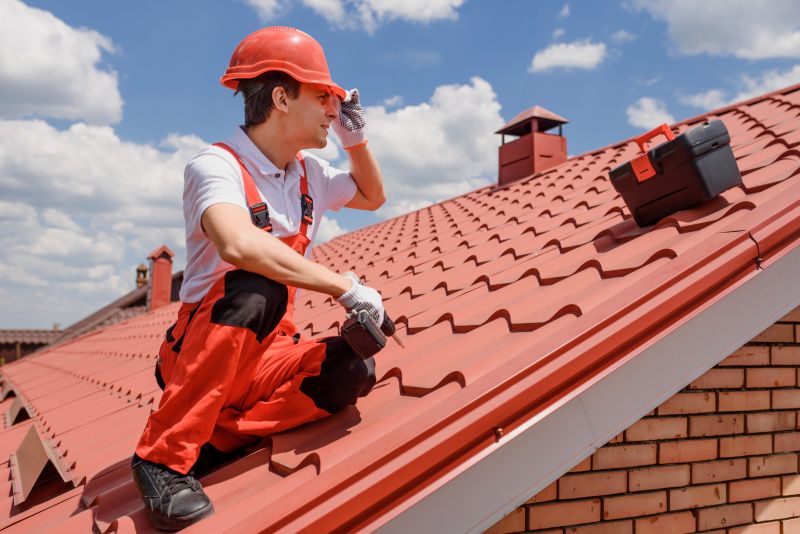
High-end options that actually feel worth it for Roof Leak Diagnosises.
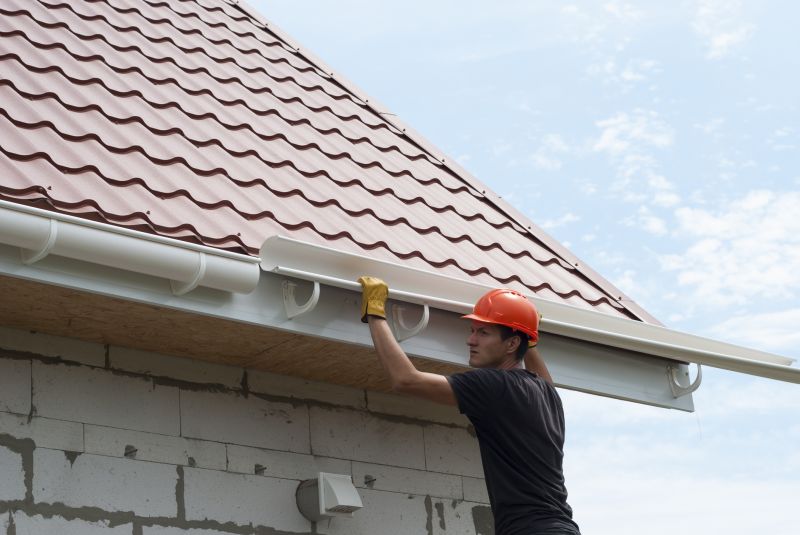
Finishes and colors that play nicely with Roof Leak Diagnosises.
| Season or Condition | Ideal Timing for Diagnosises |
|---|---|
| Spring | Assess winter damage and prepare for upcoming storms. |
| Post-Storm | Evaluate roof after severe weather events. |
| Dry Summer | Conduct thorough inspections with minimal moisture interference. |
| Fall | Prepare for winter by detecting leaks early. |
| Aging Roofs | Increase inspection frequency to monitor deterioration. |
| Pre-Winter | Ensure roof integrity before harsh weather. |
| Post-Winter | Check for damage caused by snow and ice. |



